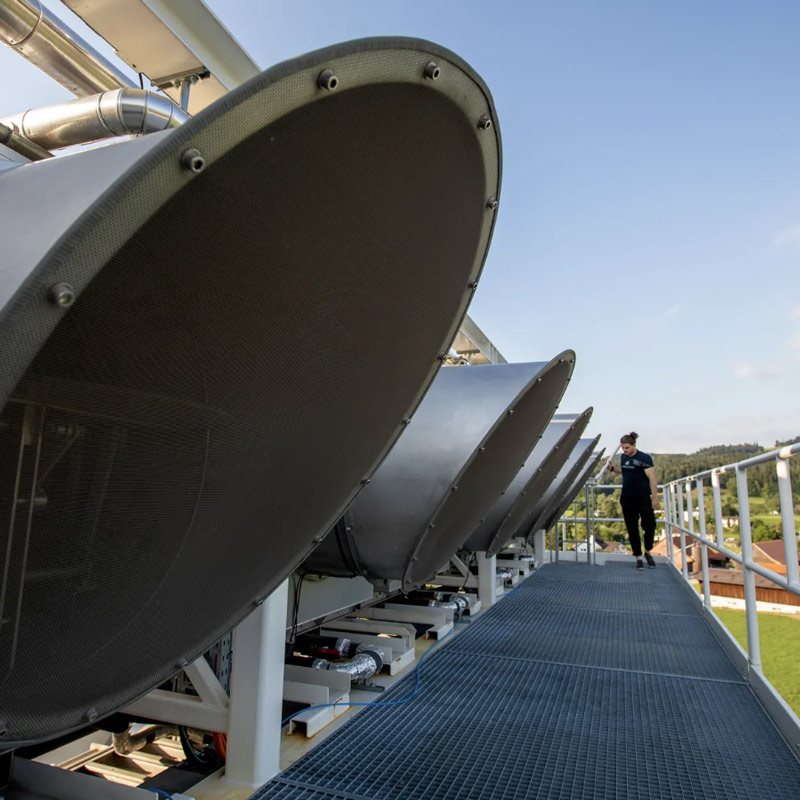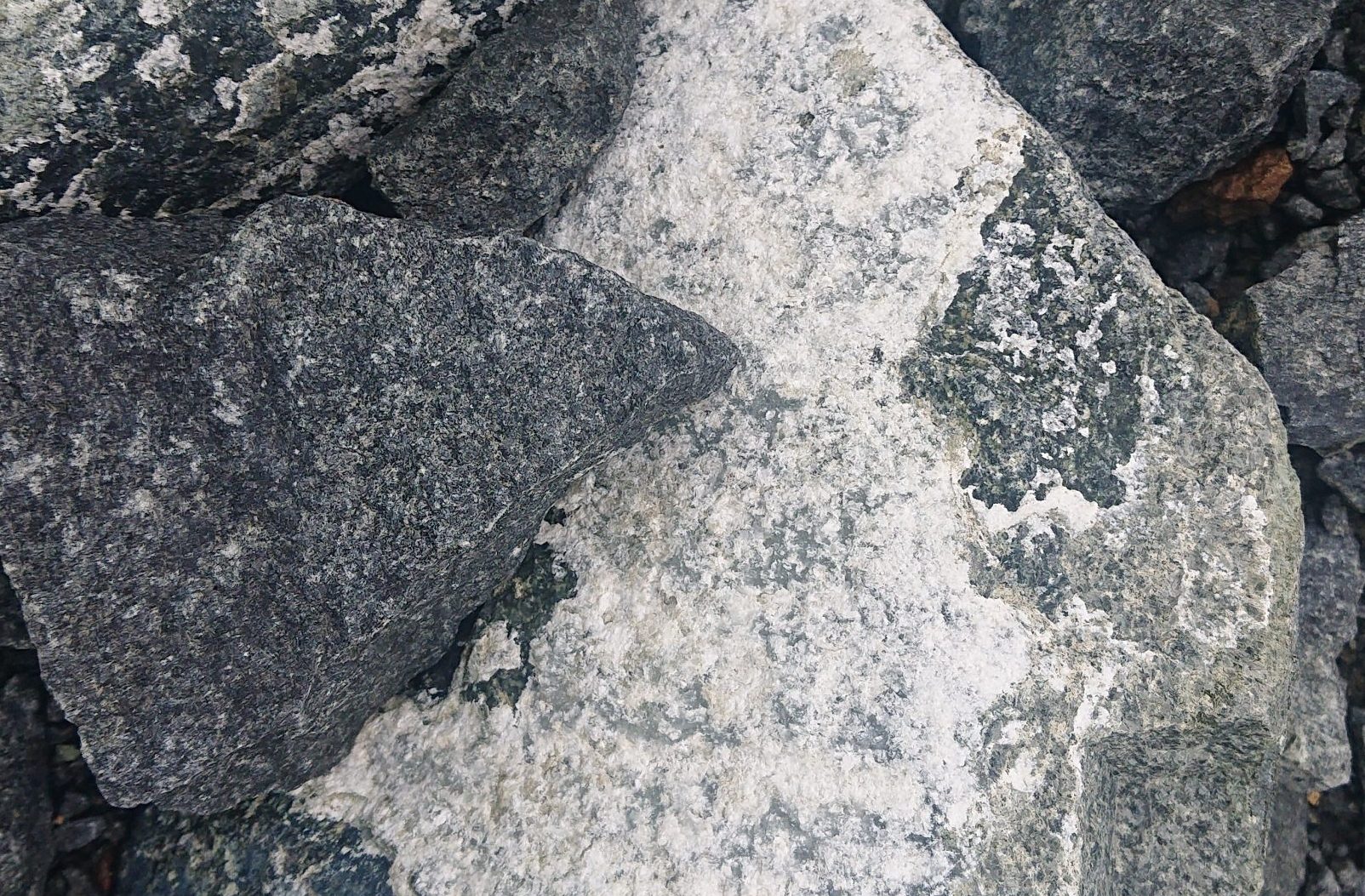Creating a standardized and transparent European carbon dioxide removal market.


C-SINK in a nutshell
The C- SINK project aims to establish the foundations for a standardized and transparent European Carbon Dioxide Removal (CDR) market. The project’s overarching vision is to tackle climate change by complementing existing EU and international mitigation efforts through the responsible deployment of CDR technologies.

Carbon Dioxide Removal
The technological potential of CDR solutions to limit global warming and achieve net negative greenhouse gas emissions is now recognised by the IPCC. However, there is currently a limited understanding of CDR and an absence of agreed high-quality standards on the technologies, creating barriers to their appropriate deployment in the EU.

To overcome these barriers, the C-SINK project will establish robust MRV pre-standards and policy strategies based on a comprehensive evaluation of environmental, social and governance (ESG) criteria relevant to CDR, facilitating the development of trustworthy accounting methodologies.

CDR Technologies

Afforestation
The use of various scientific and technological approaches and equipment to produce and manage forested areas where they did not previously exist. Find out more.

BECCS
Carbon mitigation technology that combines the use of biomass for energy production with the capture and storage of (CO2) emissions generated during the process. Find out more.

Biochar
Exploring biochar’s capacity to sequester CO2 from the atmosphere and store it in a stable form for extended periods, effectively reducing atmospheric CO2 concentrations. Find out more.

Biochar with CCS
Integration of biochar production with the capture and storage of CO2 emissions. Find out more.

Enhanced weathering of waste rocks
Acceleration of the natural process of rock weathering, which includes absorption of CO2 due to the chemical reactions that occur to rocks when exposed to the atmosphere and subjected to weathering, to sequester CO2 from the atmosphere. Find out more.

Artificial Soil
Tailor-made artificial soils can sequester carbon from CO2 in both organic and inorganic form, and stock large amounts over time. Find out more.

Microbial Carbon Fixation
A nature-based technology in which living organisms (plants and certain microorganisms) absorb and convert CO2 into organic matter through photosynthesis and other biochemical pathways. Find out more.


C-SINK Consortium
The C-SINK consortium includes 24 organisations from 11 countries with complementary skills and expertise in the different CDR technologies, the writing of CEN and ISO standards, climate law, carbon trading, stakeholder engagement among other relevant environmental and social issues.
Contact
Find out more about C‑SINK and ask us any questions you have about this project.